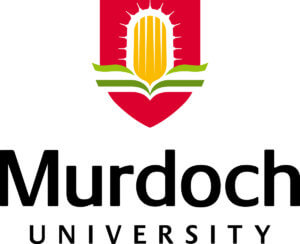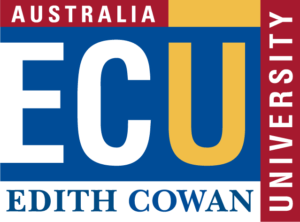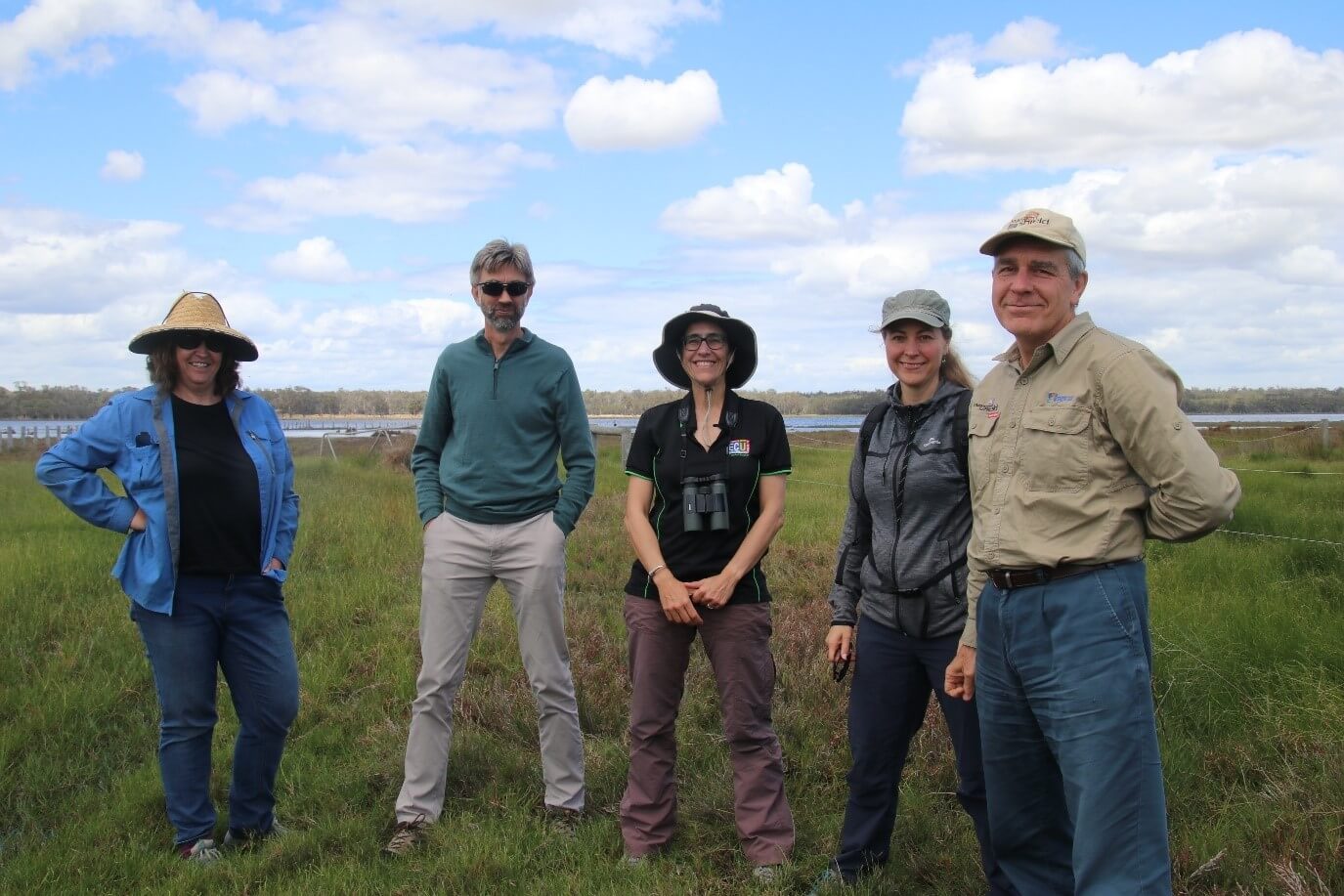Scientists from Edith Cowan University have started analysing and interpreting three years of fish, birds, aquatic plants, macroinvertebrates and water regime data, as part of the integrated ecological monitoring program in the Vasse Wonnerup wetlands.
The analysis will help identify the relationships between water regime, food sources and abundance and distribution of waterbirds on the wetlands.
Dr Kath Lynch, Revitalising Geographe Water Program Manager, hopes that the analysis of the three year data set will help inform management of the wetlands.
“Over the past four years, scientists have been working together to investigate options to improve water quality in the wetlands by monitoring seawater inflow through the Vasse surge barrier and modelling options to increase water levels and flows into the Vasse Estuary,” Kath said.
“These trials have successfully shown that seawater inflows can reduce the incidence of harmful algal blooms and improve conditions for fish in the Vasse Estuary Channel over summer months”.
What isn’t well understood is how these management approaches and subsequent increased water levels may impact on the broader wetland system, especially how the ecology and birds of the wetlands respond to changes in the timing and volume of seawater inflow through the surge barriers.
Since 2017, the Department of Water and Environmental Regulation, Department of Biodiversity, Conservation and Attractions, and Murdoch University have been working together to monitor fish, aquatic plants, benthic macroinvertebrates, birds and water quality data.
“The program was designed to help scientists and managers understand long-term impacts on the ecology of the wetlands that may occur through changes to the water regime over summer and improve the management of water regime in wetlands.” said Kath.
“The scientists from Edith Cowan University are now analysing and interpreting the large three year data sets to shed light on the key variables and relationships that influence interactions between water regime, aquatic plants, benthic macroinvertebrates, fish, water bird abundance and dominant bird species distribution”.
The conservation values of the Vasse Wonnerup wetlands are recognised on a local, state, national and international level. The wetlands provide habitat to thousands of Australian and migratory water birds as well as supporting the largest breeding population of black swans in the state.
The monitoring program will continue into 2021 in collaboration with scientists and managers from the Department of Water and Environmental Regulation, Department of Biodiversity, Conservation and Attractions, and Murdoch University.
For more information on the Vasse Wonnerup wetlands, visit the Revitalising Geographe Waterways website or download the booklet: A year on the Vasse-Wonnerup Wetlands: An Ecological Snapshot March 2017-January 2018, which summarises extensive monitoring of Vasse Wonnerup wetlands.
This research is part of Royalties for Region’s Healthy Estuaries WA and Revitalising Geographe Waterways programs. These State Government initiatives aim to support the long-term health of our south-west estuaries.




